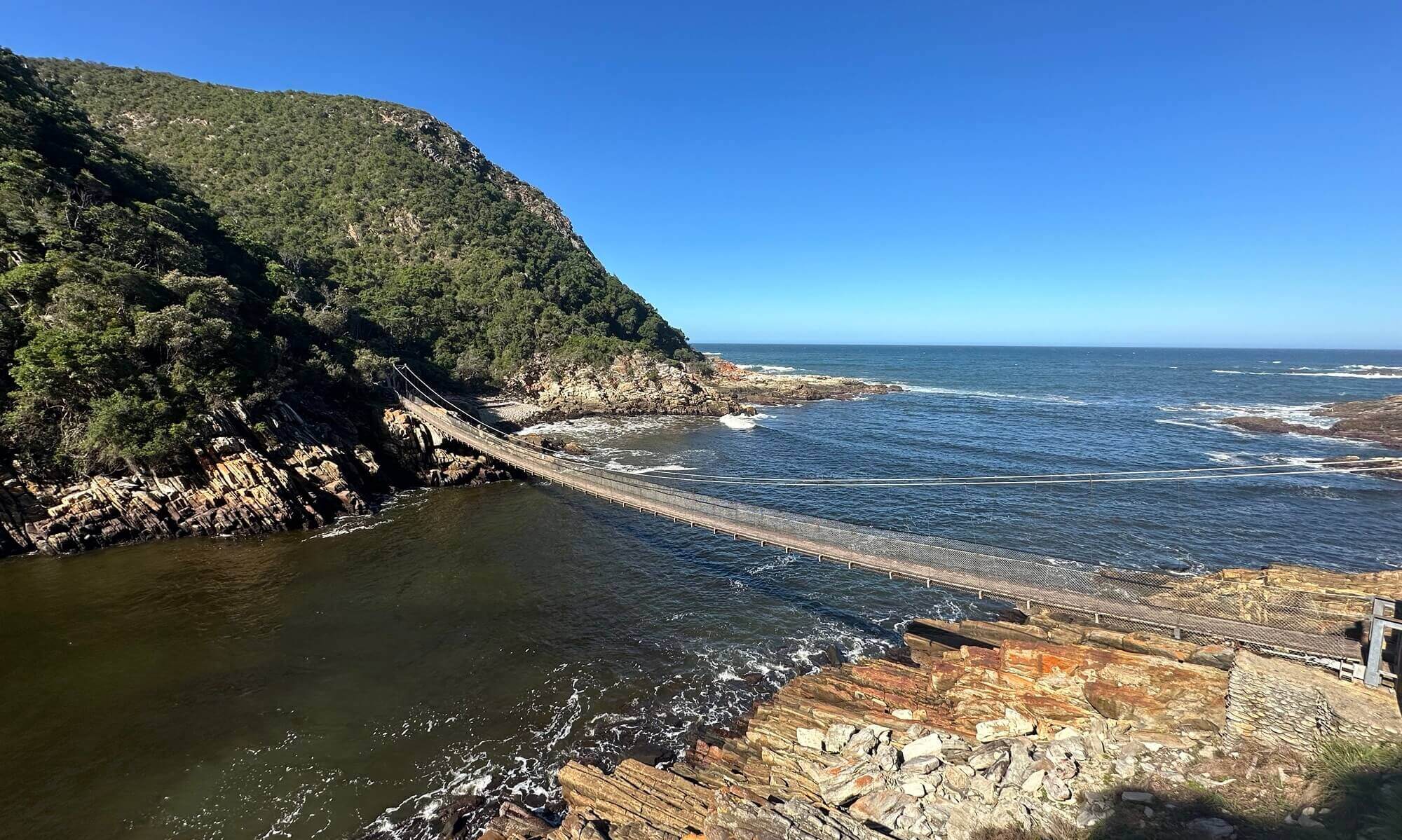San Antonio, Chile is a small town and harbour on the same latitude as Santiago de Chile. Tourists most often pass it because they are going from Santiago to Valparaíso and Viña del Mar and then continue to the south. It is not the nicest city around but it is maybe a good stop on your way.
Eduardo Vargas, Brazil and a friendly family
My second stop in Chile was Viña del Mar, a spa town close to Santiago de Chile and a destination for its inhabitants in summer time. As I was still coping with Chilean Spanish – which is hard to understand because of the well sounding but confusing mumbling of words – I was happy to be at the hotel of a family once coming from Offenbach am Main, Germany.
Continue reading “Eduardo Vargas, Brazil and a friendly family”
Residencia Offenbacher Hof
I was laughing hard when I read the note from my travel agency that they booked the Residencia Offenbacher Hof in Viña del Mar, Chile for me – as Offenbach is a city close to Frankfurt am Main in Germany. In fact a German family went to Chile and opened this hotel here.
Harbour of the artists
Not far away from the capital of Chile, Valparaíso was once an important harbour that has been threatened several times by major fires. After the opening of the Panama canal the harbour usage declined and most goods are now transported to the nearby harbour of San Antonio. The city has been founded in 1544 in an area where the native Changos were once living and it has always been an inspiration for writers and painters – that’s why this city is known around the world.
Getaway by the sea
If the inhabitants of Santiago de Chile need some relexation and want to flee from the smog and bustle of their city, they just get to the nearby city of Viña del Mar. What you get here is a nice beach, lots of hotels, bars and restaurants. And a vivid cultural live with many concerts. Even the Chilean presidents know about this and have their summer residence at the Cerro Castillo.
Puro, Chile
“Puro, Chile, es tu cielo azulado,
puras brisas te cruzan también;
y tu campo de flores bordado
es la copia feliz del Edén.”
– National anthem
Cerro San Cristóbal
I always love to see cities from above. That’s why I climb church towers or get to mountains close to the city. In Santiago de Chile I was a bit disappointed because of the smog hanging over the city – there wasn’t much to see. But visiting the Cerro San Cristóbal in the city quarter Bellavista (a good joke) is still a good idea.
Hotel Principado de Asturias
The hotel Principado de Asturias is a middle-class hotel in Santiago de Chile, Chile. It is a good place for a first night in a foreign country and it’s only some minutes from here to walk to the city center. The nearest metro station is Baquedano and in front of the hotel there is long stretched green park.
La Moneda
The most important place in Santiago de Chile, the old coin making palace and later on presidential seat of Chile is located at the Avenida Libertador Bernardo O’Higgins in the center of the city. It is a beautiful palace which was scene for the CIA-backed military coup d’état on September 11, 1973. Today it is seen as a major event of the Cold War with a symbolic power equal to the Cuban Revolution.
Aeropuerto Internacional Comodoro Arturo Merino Benítez (SCL)
The international airport of Santiago de Chile is the most important airport of Chile. Is named after Arturo Merino Benítez, the first commander of the Chilean air force and the founder of the civil LAN airline. It was opened in 1967 and is an important hub in South America.
Continue reading “Aeropuerto Internacional Comodoro Arturo Merino Benítez (SCL)”








